Squadron Leader Priya Sharma: Leading the MiG-21's Final Farewell in Indian Air Force History
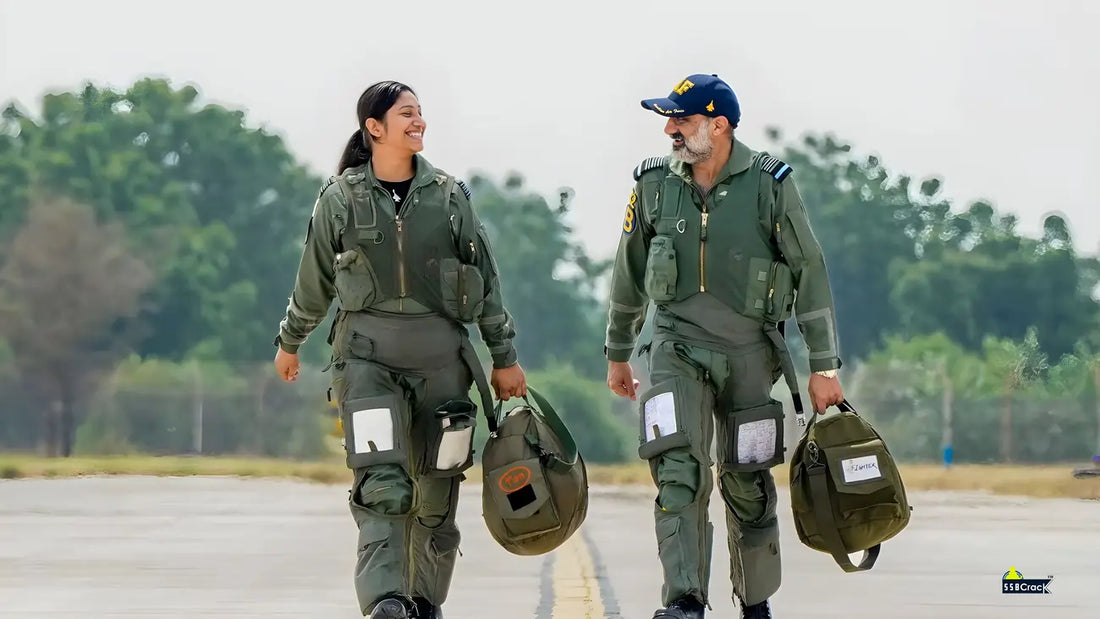
The narrative of Indian aviation history intertwines personal achievement, national service, and technological transformation, particularly in the story of Squadron Leader Priya Sharma. As the Indian Air Force (IAF) retires its iconic MiG-21 fighter jet, known as the "national warhorse," Sharma stands out as a key figure in this emotional farewell. Her journey from a young girl in Rajasthan to a pioneering pilot symbolizes the changing role of women in India's defense forces. This article explores Sharma's life, career achievements, and her significant role in the MiG-21's final farewell, while also highlighting the aircraft's legacy and the IAF's modernization initiatives.
Squadron Leader Priya Sharma hails from the Jhunjhunu district in Rajasthan, a region renowned for its contributions to India's armed forces. Jhunjhunu has a storied history of military service, with thousands from the area joining the defense sector over the years. Sharma became the third woman fighter pilot from this district, following predecessors who broke gender barriers in the traditionally male-dominated field.
Influenced strongly by her father, a serving member of the IAF, Sharma developed an early passion for aviation. During her father's posting at Bidar Air Force Station in Karnataka, she was captivated by the sight of Jaguar and Hawk aircraft soaring through the skies. This early exposure fueled her ambition to become a fighter pilot. "Watching Jaguar and Hawk aircraft fly since childhood inspired me to become a fighter pilot," Sharma has been quoted, highlighting how these experiences shaped her aspirations. Although specific details about her mother or siblings remain private, it is evident that her upbringing in a defense-oriented household emphasized values of resilience, precision, and national service.
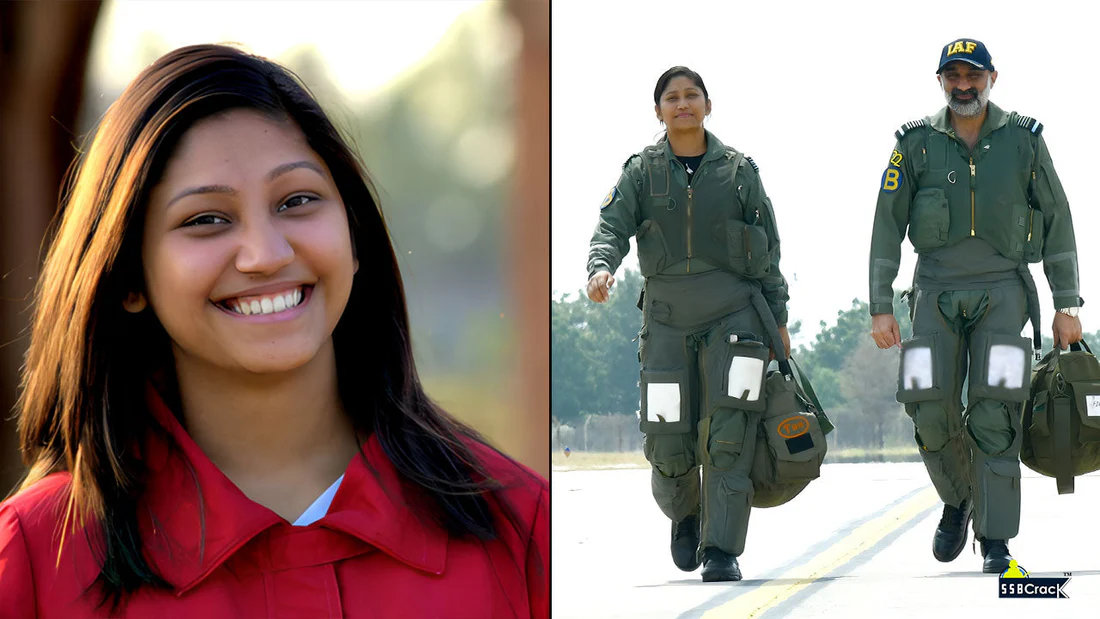
Squadron Leader Priya Sharma's academic pursuits provided a solid technical foundation for her military career. She earned a Bachelor of Technology (B.Tech) degree from the Indian Institute of Information Technology (IIIT) in Kota, Rajasthan. This engineering education equipped her with analytical skills crucial for understanding complex aircraft systems. Her choice of IIIT-Kota, a leading institution in information technology and engineering, underscores her early interest in STEM fields, which are increasingly important in modern warfare.
Upon completing her degree, Sharma aspired to join the Air Force Academy in Dundigal, Hyderabad, a rigorous training institution for future aviators. She enrolled in the fighter stream, a challenging path that demands physical endurance, mental sharpness, and tactical expertise. In 2018, she graduated as the only woman in her batch of fighter pilots, showcasing her exceptional capabilities in a competitive environment. During the commissioning ceremony, she received her graduation certificate from then-Army Chief General Bipin Rawat, who praised her commitment. This milestone not only marked her entry as a Flying Officer but also placed her as India's seventh woman fighter pilot, highlighting the gradual progress towards gender equality in the IAF's combat branches.
Squadron Leader Priya Sharma's career journey began at Hakimpet Air Force Station in Hyderabad, where she completed initial operational training on basic fighter aircraft. This phase honed her skills in aerial maneuvers, navigation, and combat tactics. She then proceeded to Bidar Air Force Station in Karnataka for advanced training, focusing on more sophisticated simulations and live flights. These stages are crucial for transitioning pilots from trainers to frontline fighters, emphasizing rapid decision-making and precision under pressure.
Over time, Sharma has amassed extensive flying hours, gaining expertise on various aircraft. Her role in the MiG-21 squadron was a dream realized; even at her 2018 commissioning, she expressed a particular ambition to fly this iconic jet. The MiG-21, known for its supersonic capabilities and agile design, required exceptional skill, which Sharma consistently demonstrated. Her career path also includes preparations for transitioning to next-generation aircraft like the Russian Su-30MKI and the French Rafale, reflecting the IAF's shift towards multi-role fighters with advanced radar, weaponry, and electronic warfare systems.
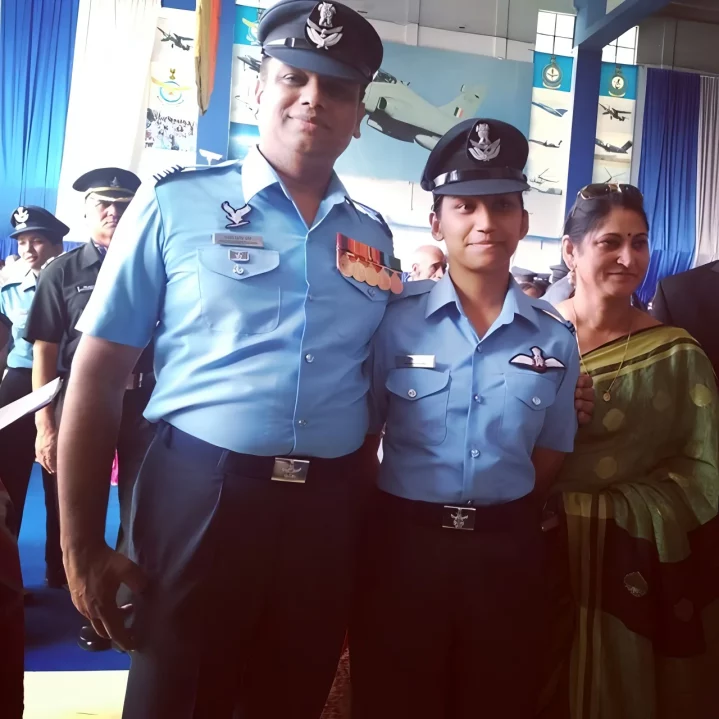
| Career Milestone | Year | Description |
|---|---|---|
| B.Tech Graduation from IIIT-Kota | Pre-2018 | Acquired engineering foundation in technology and systems analysis. |
| Graduation from Air Force Academy, Dundigal | 2018 | Commissioned as Flying Officer; only woman in fighter pilot batch; certificate from Gen Bipin Rawat. |
| Initial Posting at Hakimpet AFS, Hyderabad | 2018-2019 | Basic operational training on fighter aircraft. |
| Advanced Training at Bidar AFS, Karnataka | 2019 onward | Completed Stage 2 and 3 fighter training, focusing on combat tactics. |
| Commissioned as 7th Woman Fighter Pilot | December 2018 | Became India's seventh female fighter pilot and third from Jhunjhunu. |
| MiG-21 Farewell Sorties with IAF Chief | August 2025 | Led formation flight with Air Chief Marshal AP Singh at Nal AFS, Bikaner. |
| Final MiG-21 Flypast Participation | September 26, 2025 | Part of ceremonial retirement event in Chandigarh, including rehearsal. |
This timeline illustrates Sharma's steady ascent, from academic preparation to high-stakes operational roles, showcasing her as a role model for aspiring female aviators.
The MiG-21, introduced to the IAF in 1963, has been a cornerstone of India's aerial defense for over six decades. Nicknamed the "Sword of the Skies," it played crucial roles in the 1965 and 1971 Indo-Pak wars, the 1999 Kargil conflict, and the 2019 Balakot airstrikes. Its retirement marks the end of an era, with the last operational squadron No. 23 "Panthers" based in Chandigarh, the very site of its initial induction under Wing Commander Dilbagh Singh, who later became IAF Chief.
Sharma's involvement in the MiG-21's farewell began in August 2025 at Nal Air Force Station in Bikaner, where she flew in formation with Air Chief Marshal Amar Preet Singh (call sign 'Badal 3') during emotional send-off sorties. This event symbolized the generational handover, with Sharma representing the new wave of pilots stepping into a modernized IAF. On September 26, 2025, the official retirement ceremony unfolded in Chandigarh, attended by Defence Minister Rajnath Singh and senior officers. The program commenced with the Akash Ganga skydiving team's jumps from 8,000 feet, followed by a majestic flypast featuring MiG-21s in the three-aircraft 'Badal' formation and the four-aircraft 'Panther' formation. Sharma, among the pilots, participated in the full dress rehearsal earlier in the week and was part of the final flight, culminating in a water cannon salute for the six Bison variants upon landing. The ceremony also included aerobatic displays by the Surya Kiran team and the release of a commemorative postal stamp, honoring the jet's "six decades of service, countless tales of courage."
Sharma's presence in these events is more than ceremonial; it underscores the IAF's progress in integrating women into combat roles since the first female fighter pilots were inducted in 2016. As the last woman to fly the MiG-21 operationally, she bridges the old and new, embodying resilience and innovation.
Beyond her personal achievements, Sharma stands as an inspiring figure for women in STEM and defence. Her story resonates in a nation where gender barriers in the military are steadily eroding the IAF now boasts over a dozen female fighter pilots, with more in training. Her transition to advanced platforms like the Tejas Mk-1A, Rafale, and Su-30 aligns with the IAF's strategic pivot toward indigenous and cutting-edge technology, reducing reliance on aging Soviet-era jets like the MiG-21.
In interviews and reports, Sharma's humility shines through; she credits her success to rigorous training and the support of her mentors. As India continues to bolster its air power amid regional tensions, pilots like Sharma ensure the skies remain secure. Her role in the MiG-21's sunset salute not only honors a legendary aircraft but also heralds a brighter, more inclusive future for the IAF.
| MiG-21 Historical Contributions | Conflict/Event | Role and Impact |
|---|---|---|
| Induction into IAF | 1963 | First supersonic fighter; inducted in Chandigarh under Wing Commander Dilbagh Singh. |
| Indo-Pak War | 1965 | Provided air superiority; key in dogfights and ground attacks. |
| Indo-Pak War | 1971 | Instrumental in air battles; helped secure victory in the eastern sector. |
| Kargil Conflict | 1999 | Conducted reconnaissance and strikes in high-altitude terrain. |
| Balakot Airstrikes | 2019 | Participated in precision strikes post-Pulwama attack. |
| Retirement Ceremony | September 26, 2025 | Final flypast in Chandigarh; symbolic end with water salute and commemorative stamp. |
This table captures the MiG-21's enduring legacy, which Sharma helped commemorate in its final chapter.





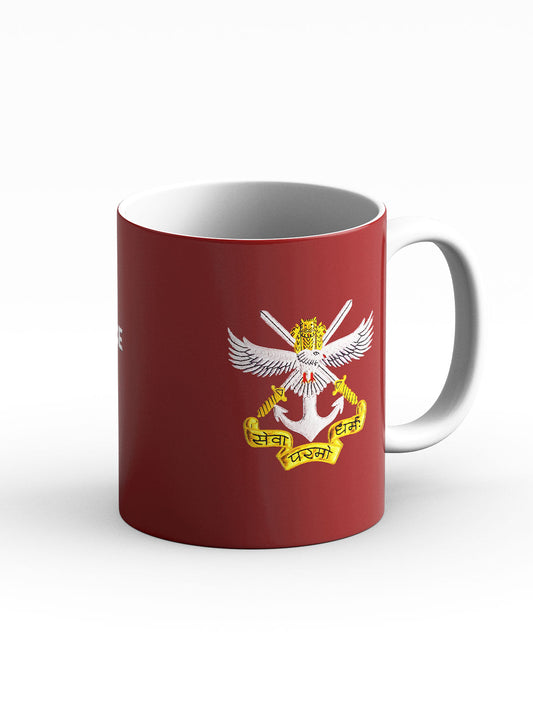









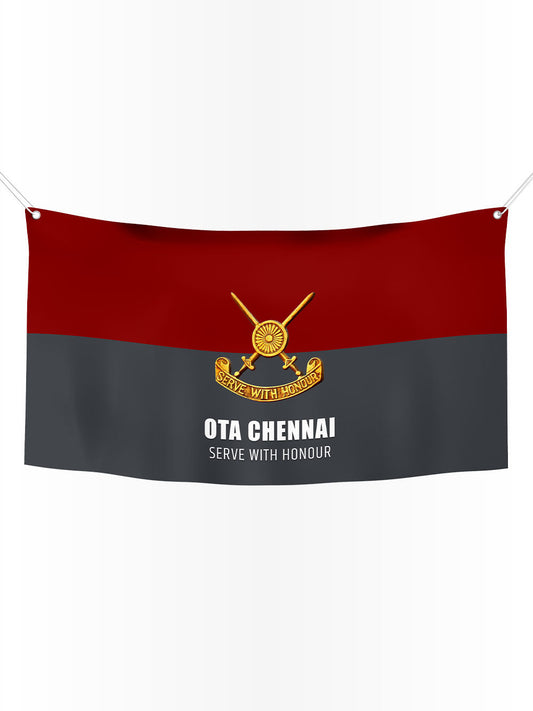
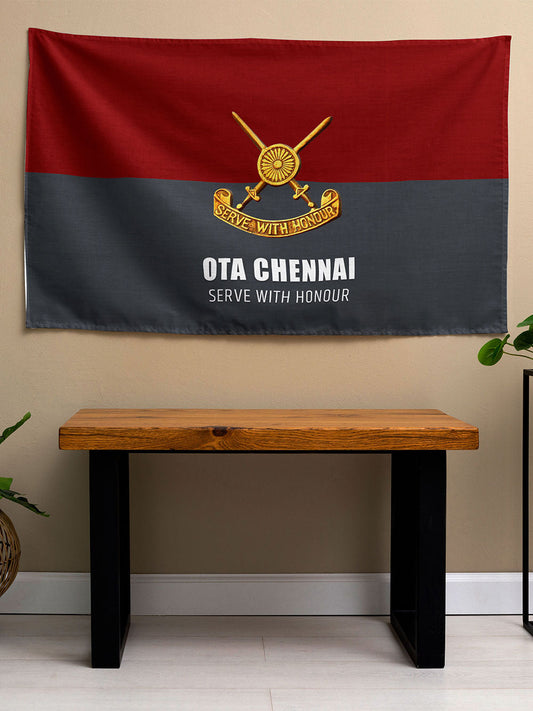



1 comment
Indian women are taking active part in the service of the nation
By devoting themselves to the
Safety of their nation and their valour is no less than that of
Lakshmi bai Khan solli Rani.
We feel proud of our daughters
Who have fought for our nation
Courageously.Hats off to such
Peerless angels